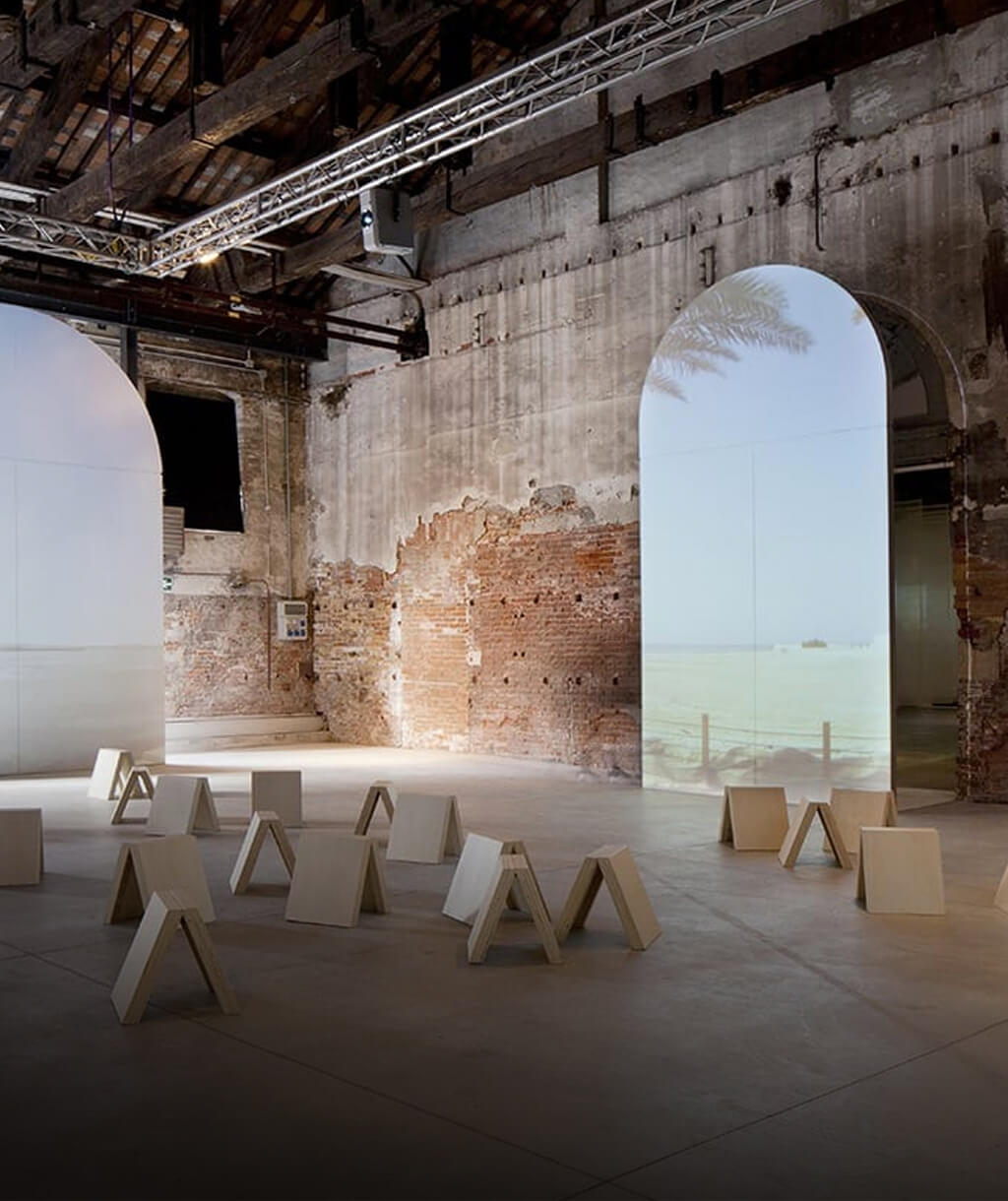One of the most prestigious and important architectural events in the world, the Venice Architecture Biennale is currently on view through November 25, 2012. At the three-month long event, work by both prominent names in architecture and up-and-coming young firms are showcased in pavilions sponsored by various nations from around the world. Bringing together thousands of the world’s most influential architects, designers, urban planners, developers and critics, the Biennale results in considerable discussion and commentary on the current state of architecture.
Now in it’s 13th year, the Architecture Biennale is a component of the esteemed Venice Biennale that has remained at the forefront in the research and promotion of new artistic trends for over a century. With respected events in the visual arts, dance and film, the organization increases visibility of the arts around the world.
Each year a distinguished director sets an overall theme to create a cohesive vision for the Biennale. Director and British architect David Chipperfied has named this year’s exhibition “Common Ground” where showcased works and conversations explore the relationship between architecture, space, and town planning.
As Chipperfield stated, “I want this Biennale to celebrate a vital, interconnected architectural culture, and pose questions about the intellectual and physical territories that it shares. In the methods of selection of participants, my Biennale will encourage the collaboration and dialogue that I believe is at the heart of architecture, and the title will also serve as a metaphor for architecture’s field of activity.” Chipperfield will present 69 projects by architects, photographers, artists, critics and scholars, of which many has responded to his invitation with a unique, collaborative installation that was expressly created for this Biennale. The list of participants include many world renowned architects, like Peter Zumthor, Zaha Hadid, Jean Nouvel, OMA, Alejandro Aravena, Alvaro Siza, Eduardo Soto de Moura, Paulo Mendes da Rocha, and Norman Foster. Additionally, 55 countries will be participating, including four new entries from Angola, Republic of Kosovo, Kuwait, and Peru.
Continuing Luminaire’s ongoing commitment to architecture and design, we were present at the Biennale last week and toured the many inspiring and forward-thinking installations. Founder and President of Luminaire Nasir Kassamali was impressed by the thought process that Chipperfield brought to the show. A particular exhibition that Kassamli found inspiring was “Pictographs – Statements of Contemporary Architects” by Swiss Architect Valerio Olgiati who asked 41 contemporary architects to selects images that refer to something important for their work as practitioners. These images represent the infinitely varied forms of visual material that are collected in their imaginations and subsequently transformed through the creative process.
In addition several awards are presented during the Biennale to honor architects for their lifetime achievement, national pavilions and international exhibitions. The Golden Lion for Lifetime Achievement, celebrating the distinguished career of an architect who has impacted the discipline, was given to Portuguese architect Alvaro Siza.
For the Best National Participation, the Gold Lion was awarded to Japan for their exhibit “Architecture, Possible Here? Home-for-All” curated by Toyo Ito. In the installation,young Japanese architects Kumiko Inui, Sou Fujimoto, Akihisa Hirata and photographer Naoya Hatakeyama, suggest a proposal to offer housing solutions for all the people who lost their homes in the Japan Earthquake of 2011, specifically in the city of Rikuzentakata.
Also, a Golden Lion was awarded for the Best Project of the Common Ground Exhibition to “Torre David Gran Horizonte.” The installation, a collaboration between Venezuelan-based Urban-Think Tank, London-based curator Justin Mcguirk and Dutch Photographer Iwan Baan explores ‘Torre David’ an abandoned and unfinished office building in Caracas, Venezuela. The exhibit is experienced by sharing a meal, introducing the Biennale’s theme “Common Ground” in the form of a Venezuelan Arepa restaurant, a social space intending to spark discussion and the imagination to create alternatives for the millions of people that reside in these types of informal settlements around the globe.
The Silver Lion for a promising practice was awarded to to Grafton Architects of Dublin, Ireland whose installation “Architecture as New Geography” explores the work of the Brazilian architect in the context of Grafton’s first South American project for a university in Lima, Peru.
Additionally, three honorable mentions were made – Poland, Russia and the United States. The United State’s installation, “Spontaneous Interventions: Design Actions for the Common Good” documents projects initiated by American architects and designers aimed at bringing positive change to the public realm.
September 2012




























